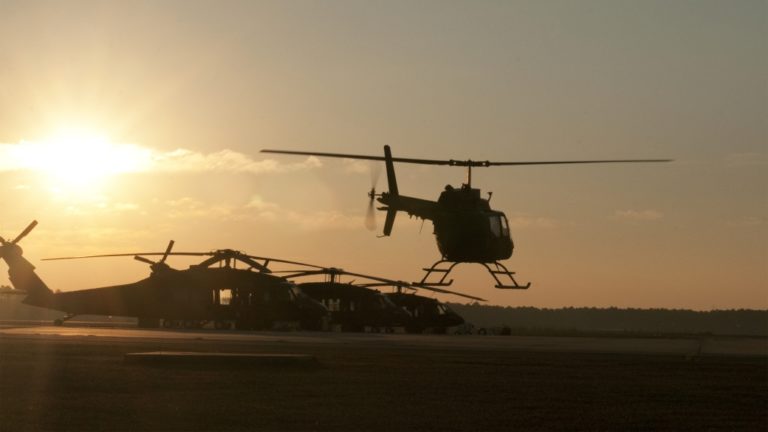Beating the Air into Submission: Investing in Vertical Lift Modernization (Part II)

In our last paper, we discussed the current state of the U.S. vertical lift fleet and how past investment decisions helped shape this fleet. This brief will focus on future investments.
Vertical lift aircraft are a substantial part of the U.S. military, both in terms of fleet size and investment levels. Helicopters and tiltrotors make up nearly half of the military’s combat aircraft fleet, and with more than $8 billion being spent on buying and developing these aircraft each year, they draw a substantial share of the defense budget.
However, despite major investments, the vertical lift fleet has not undergone generational change since the 1980s. This is especially true within the Army, which has the largest vertical lift fleet. With a new joint effort called Future Vertical Lift (FVL), the Department of Defense (DoD) plans to deliver the next generational leap in capability. This brief (along with a forthcoming third brief ) covers the prospects for vertical lift modernization in the coming decades (using the FY19 Future Years Defense Program (FYDP) as a baseline): the timing and pace of FVL, potential upgrades to the current fleet, and long-term options for FVL.
Download the Brief
CSIS Briefs are produced by the Center for Strategic and International Studies (CSIS), a private, tax-exempt institution focusing on international public policy issues. Its research is nonpartisan and nonproprietary. CSIS does not take specific policy positions. Accordingly, all views, positions, and conclusions expressed in this publication should be understood to be solely those of the author(s).
© 2019 by the Center for Strategic and International Studies. All rights reserved.

